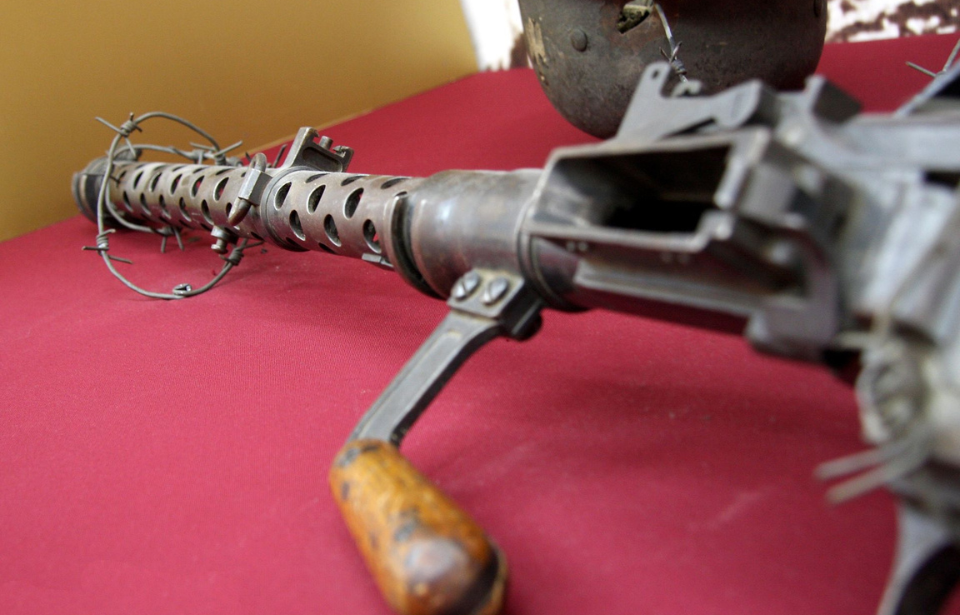The Maschinengewehr 13 (MG 13) was a German light machine gun adapted from an earlier model. Despite having a short service life with both the German and Portuguese armies, it helped modernize its style of firearm, giving way to a number of successors.
The MG 13 was adapted from an earlier machine gun
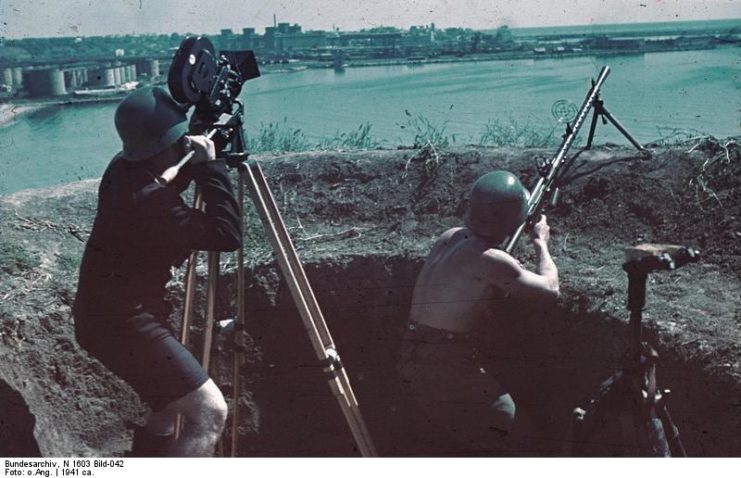
The MG 13 was adapted from the Dreyse MG 1918, a heavy water-cooled machine gun patented by Louis Schmeisser. The latter was named for Johann Nicolaus von Dreyse, the inventor of the needle gun supplied to the German Army during the mid-19th century. The original machine gun was belt-fed, very heavy and typically mounted on a tripod.
The 1907 model was succeeded by the M1912 and M1918, which served as the foundation for the MG 13. When the M1918 was ordered to be modernized, Simson, a German firearms and mopeds manufacturer, took on the task. From the weapon, they created a light machine gun that was air-cooled, as opposed to water-cooled. This new gun was called the Maschinengewehr 13 – better known as the MG 13.
Unique features made the light machine gun a standout
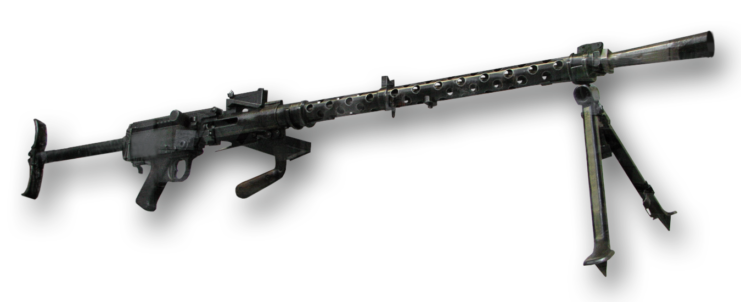
Although the MG 13 was adapted from an earlier machine gun, it had some unique features that distinguished it from that which it came. The most notable was its double-crescent trigger. This offered the operator select fire capability without a fire mode selector switch. Should the upper half of the trigger be pressed, the MG 13 produced semi-automatic fire. If the lower half was held, the gun produced fully automatic fire.
Beyond this, the MG 13 was 56.8 inches long and weighed 29 pounds. It had an open magazine receiving port and rudimentary stock, and fired from a closed bolt. It could hold twenty-five 7.92 x 57 mm Mauser rounds, with the ability to fire 600 per minute at a velocity of 890 meters per second. Its maximum firing range was around 2,000 meters.
Use on the frontlines during the Battle of France
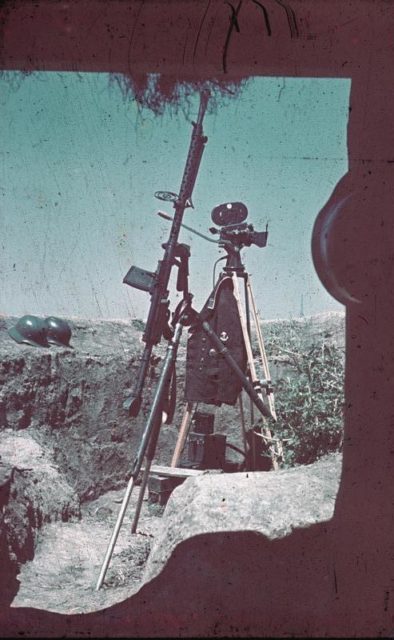
The majority of MG 13s were sold to Portugal, where it was known as the Metralhadora 7,92 mm m/1938 Dreyse. The country’s armed forces used the light machine gun during the 1961-74 Portuguese Colonial War as a squadron automatic weapon.
Before it was sold to Portugal, the MG 13 was introduced into service with the German Army as the standard light gun machine, until it was withdrawn in 1934. It was superseded by the newer Maschinengewehr 34 (MG 34) and, later, the Maschinengewehr 42 (MG 42).
When the Second World War broke out, any MG 13s that hadn’t been sold to Portugal were pulled out of storage, due to a lack of MG 34s. As such, the light machine gun was largely used by second-line German troops and on the frontlines during the Battle of France in 1940. Its easy handling and efficient reloading made it an ideal supplementary weapon.
The MG 13 was equipped by aircraft and tanks
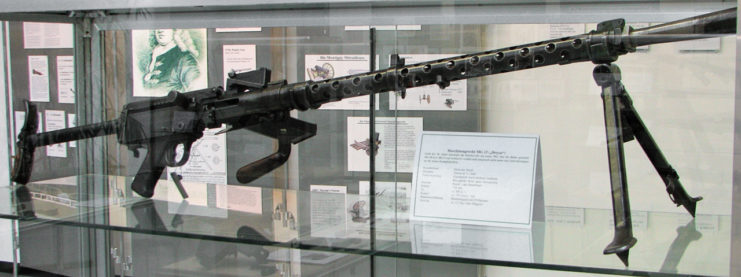
Later versions of the MG 13 were equipped with a 75-round saddle drum, a folding butt stock and a carrying handle, and were used in the turret of German Panzerkampfwagen I Ausf. F tanks. It was also used as the rear gun on the Junkers Ju 87 Stuka.
More from us: Why the M2 Browning .50 Caliber is the Most Lethal Heavy Machine Gun in History
The MG 13 also saw use in other arenas. The light machine gun was sold to Spain and also to the Chinese Nationalist Government in 1936, who used it against the Imperial Japanese Army (IJA) during the Second Sino-Japanese War.
